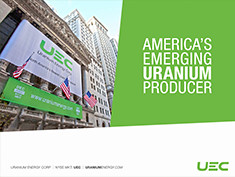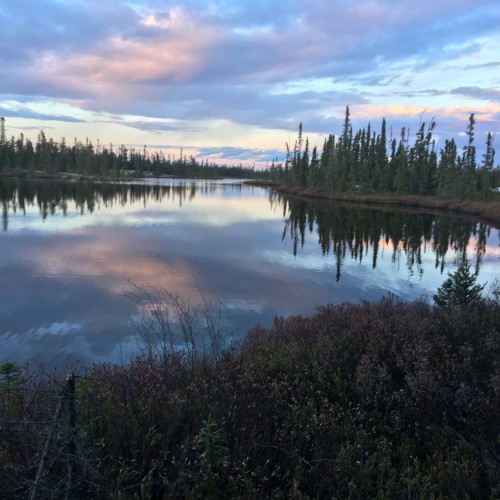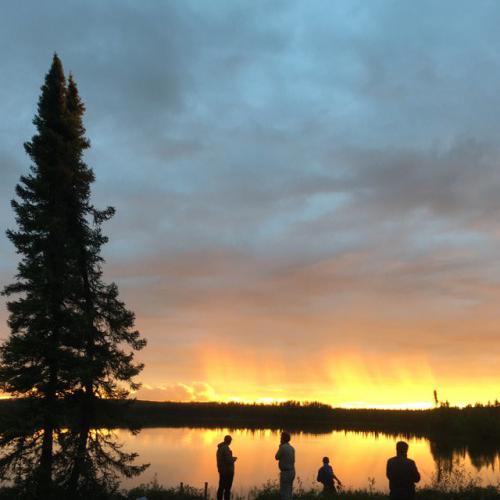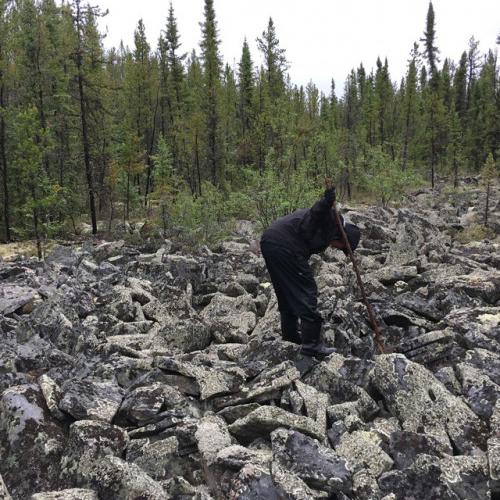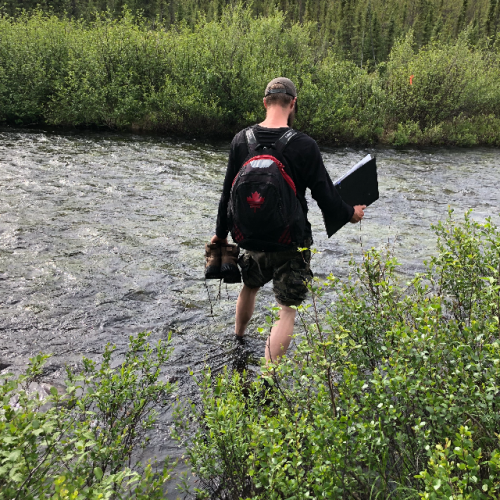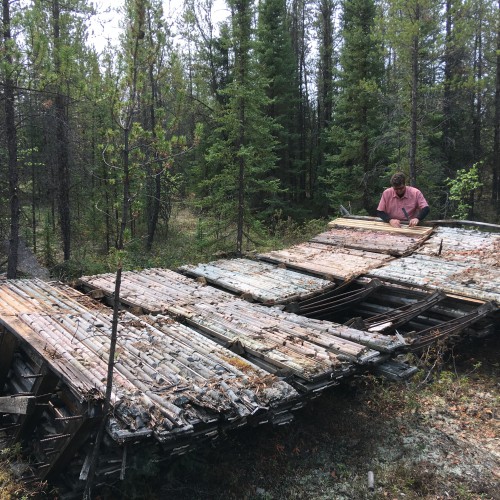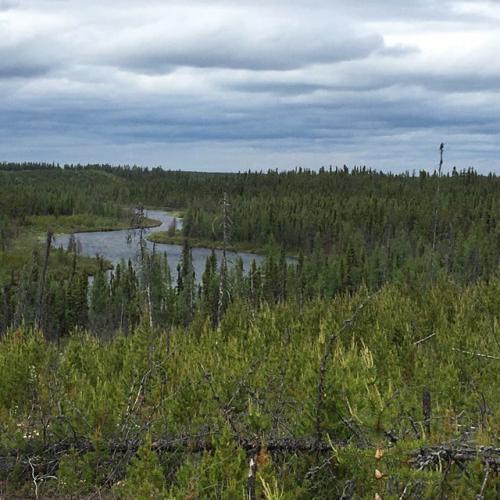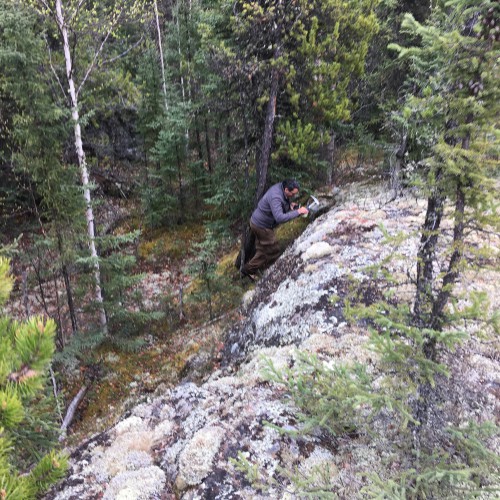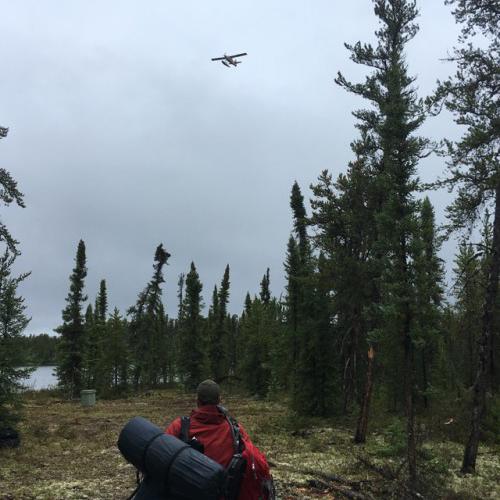West Bear
West Bear
The 100% owned West Bear Cobalt-Nickel Deposit was discovered by UEX Corp. (“UEX”) during the exploration programs that defined, evaluated, and tested the area surrounding the West Bear Uranium Deposit (“WBU Deposit”) between 2002 and 2005. The West Bear Co-Ni Deposit is a shallow, open-pit amenable and very high-grade cobalt-nickel deposit that remains open in all directions for expansion. It ranges from 30-110 m deep from surface and is hosted in clay-altered basement rocks.
The West Bear Co-Ni Deposit is located in the heart of Saskatchewan’s eastern Athabasca Uranium District, immediately east of the WBU deposit in Canada’s Athabasca Basin. While the Athabasca Basin is known for its uranium endowment and production, cobalt is commonly found in the same geological environments. The 11,104-hectare West Bear Property, which contains the West Bear Co-Ni Prospect and the WBU Deposit, was originally part of the Hidden Bay Property.
The West Bear Project is located within along the edge of the Eastern Athabasca Basin of northern Saskatchewan, approximately 30 km southwest of Cameco’s Rabbit Lake Mill and 10 km west of provincial highway 905 and existing power lines. The Project contains two known mineral deposits, the West Bear Cobalt-Nickel Deposit and the West Bear Uranium Deposit (“WBU Deposit”).
The property lies at the eastern edge of the Athabasca Basin and is covered by 0 to 25 m of sandstone that overlie the Wollaston Domain basement rocks that consist of metamorphosed and deformed pelite, semipelite, arkose, quartzite, and graphite-bearing pelitic rocks. The core of the West Bear Project is underlain by a quartzite-arkose dome with a rim of strongly graphitic pelite. Intense brittle faults have developed in the graphitic pelite adjacent to the quartzite dome.
In addition to the West Bear Co-Ni Deposit and the WBU Deposit, the Property hosts several mineral occurrences and showings including the West Bear Uranium Deposit (“WBU Deposit”), the Pebble Hill Uranium Occurrence, the North Shore Uranium Occurrences, and the Umpherville Uranium Occurrence.
Exploration on different portions of the property commenced in the 1970’s by several explorers including Gulf Minerals, Noranda, and the Conwest Exploration Joint Venture that continued through the 1980’s and led to the discovery of the WBU Deposit and nearby uranium showings. Historical exploration efforts focused exclusively on discovering classic unconformity uranium deposits of the Cigar Lake-style. This means that drill holes tested the intersection of graphitic pelite with the unconformity surface. Exploration drill holes rarely penetrated more than 15 m below the unconformity surface and left the basement potential of the area largely untested.
The West Bear Co-Ni Deposit underlies and extends along strike to the east of the WBU Deposit. The Co-Ni mineralization occurs within the intensely clay-altered West Bear Fault. Cobalt mineralization consists of disseminated skutterudite and focused at the base of the West Bear Fault. As currently defined, Co-Ni mineralization ranges from 30-110 m in vertical depth over a strike length of 600 m and remains open in all directions.
The WBU Deposit has been defined over a strike length of 530 m, ranges in width between 20 m and 70 m, and is up to 15 m thick, and is located at vertical depths between 15 m to 35 m. The WBU Deposit is a classic unconformity cigar-shaped body similar to the Cigar Lake and McClean Lake deposits and is hosted at the intersection of faulted graphitic metapelites with the overlying Athabasca Group sandstone.
Canada Careers
| Position | Location | Description |
|---|---|---|
| Junior Geologist Posting Saskatchewan | Saskatchewan |
To apply for any of the above positions, send your resume and qualifications to: [email protected].

